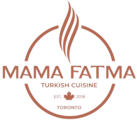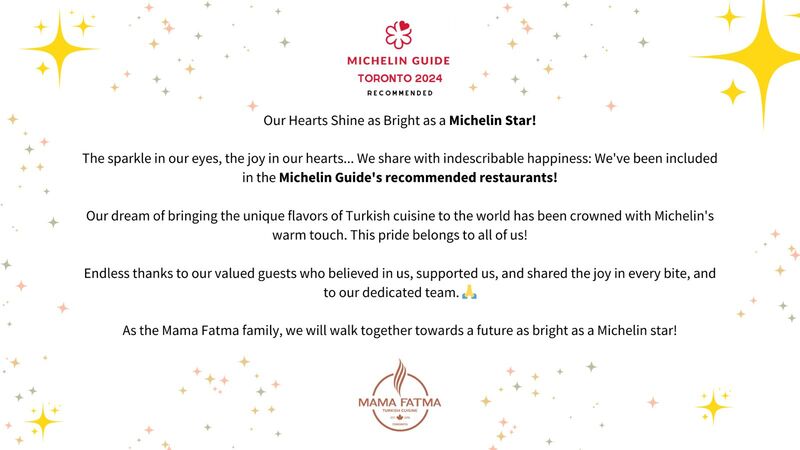The vibrant and diverse world of Turkish cuisine is a reflection of centuries of cultural exchanges, migrations, and conquests. From the steppes of Central Asia to the bustling cities of modern-day Turkey, the journey of flavors has been long and rich. Turkish food today represents a unique blend of Central Asian culinary practices infused with Mediterranean, Middle Eastern, and even European influences.
At Mama Fatma, with our locations in Vaughan and Mississauga, we proudly celebrate these historical connections by offering a menu that pays homage to the deep roots of Turkish cuisine. Through this blog, we’ll explore how Central Asian cuisine has shaped the flavors of Turkish dishes, focusing on key ingredients, traditional recipes, and the evolution of this beloved culinary tradition.
Historical Journey of Central Asian Culinary Practices
The culinary journey of Turkish cuisine begins with the nomadic Turkic tribes of Central Asia. Before settling in Anatolia, the ancestors of modern Turks were skilled in the art of cooking in harsh environments, making use of the natural resources available to them. Life on the steppes of Central Asia demanded a diet based on meats, grains, and dairy products—simple yet nourishing staples that were well-suited to the nomadic lifestyle.
One of the earliest forms of Turkish cuisine can be traced back to dishes like kebabs and pilafs, which originated from the need to cook food over open fires during migration. Grilling and roasting meats, especially lamb, became a hallmark of the region’s cuisine. This method of cooking was passed down through generations, eventually becoming the foundation of many traditional Turkish dishes.
Fermented dairy products like yogurt and kefir also played a major role in Central Asian cuisine. These foods were not only nutritious but also easy to store during long travels. Today, yogurt is a staple in Turkish cuisine, served alongside savory dishes like kebabs, meze platters, and grilled vegetables.
As Turkic tribes moved westward and settled in Anatolia, their cooking methods began to integrate with local ingredients and the culinary practices of neighboring cultures. This blending of traditions is what makes Turkish cuisine so rich and diverse. At Mama Fatma, we honor this history by incorporating both traditional and contemporary dishes into our menu, offering our guests in Toronto, Ontario, Canada a true taste of Turkish heritage.
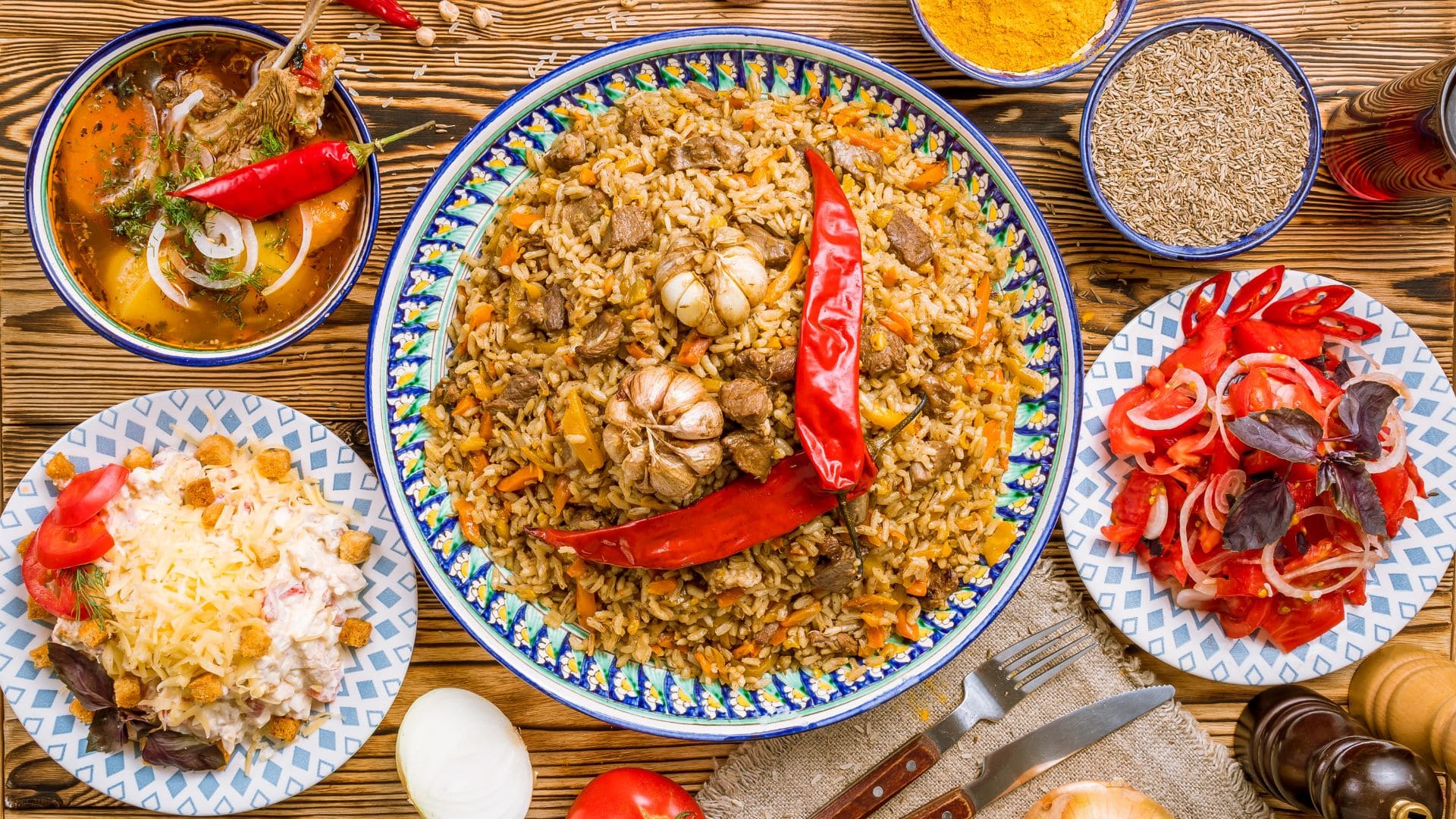
Key Ingredients from Central Asia in Turkish Dishes
Many of the key ingredients in Turkish cuisine today have their origins in Central Asia, where the focus was on creating hearty, nourishing meals. Here are some of the most important ingredients that have made their way from the steppes to Turkish kitchens:
- Lamb and Mutton: Lamb has been a cornerstone of Central Asian diets for centuries, with various methods of preparation, from roasting to grilling. In Turkey, lamb continues to be a central ingredient in iconic dishes like doner kebabs, shish kebabs, and kuzu tandir (slow-roasted lamb).
- Yogurt: The ancient Turks in Central Asia were known for their skill in making fermented dairy products. Yogurt, in particular, is an essential part of Turkish cuisine, often served as a side dish, a sauce, or even a drink (such as ayran).
- Bulghur and Rice: Grains have always been a staple in Central Asian cuisine, with rice used in dishes like pilaf and bulgur used as a hearty base for many meals. Today, these grains remain key components in Turkish cooking, appearing in popular dishes like kisir (a bulgur salad) and pilav (rice pilaf).
- Herbs and Spices: While Central Asian cooking is not as heavily spiced as some Middle Eastern cuisines, it still incorporates key spices like cumin, sumac, and coriander. These flavors have been carried over into Turkish dishes, where they provide a subtle, aromatic depth to meals like kofte (Turkish meatballs) and lahmacun (Turkish flatbread with minced meat).
At Mama Fatma, we carefully select the freshest ingredients to ensure that our dishes honor these ancient traditions while delivering bold, authentic flavors that resonate with modern tastes.
Traditional Turkish Recipes with Central Asian Roots
Many of the beloved dishes in Turkish cuisine today have their roots in the culinary traditions of Central Asia. These dishes have been passed down through generations, each one evolving slightly while still retaining the essence of the nomadic lifestyle.
One of the most iconic examples is kebabs. Originating from the simple act of grilling meat over an open flame, kebabs are a quintessential Turkish dish. Varieties such as shish kebab (skewered lamb or chicken) and adana kebab (spiced ground lamb) have become popular not only in Turkey but around the world. At Mama Fatma, we serve our kebabs with fresh sides like yogurt and salad, balancing the robust flavors of the meat with lighter, refreshing accompaniments.
Another traditional dish with Central Asian roots is pilav (rice pilaf). In Central Asia, pilaf was often made with lamb or beef, cooked in a rich broth with vegetables and spices. This dish made its way to Turkey, where it became a staple, often served as a side to grilled meats or stews. The Turkish version of pilav can be made with rice or bulgur, each offering its own unique texture and flavor.
Additionally, manti (Turkish dumplings) are a direct descendant of Central Asian dumplings like mantou. These small, meat-filled dumplings are boiled and served with yogurt and a rich garlic butter sauce. The dish exemplifies how Central Asian flavors have blended with Turkish cuisine, creating a dish that is both comforting and full of flavor.
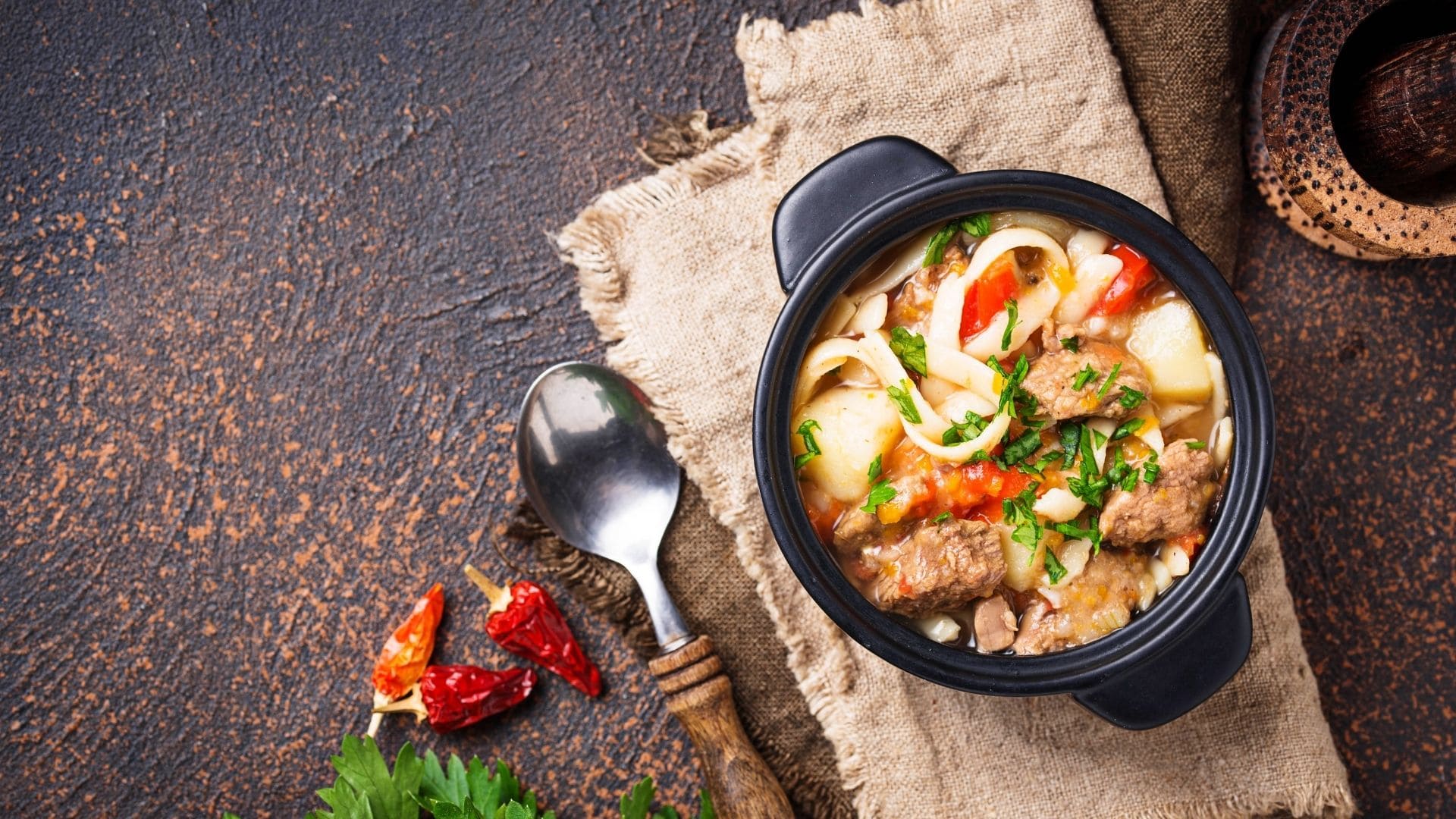
The Evolution of Turkish Cuisine Through History
As Turkic tribes settled in Anatolia, Turkish cuisine began to evolve, influenced by the various cultures and empires that ruled the region. From the Seljuks to the Ottoman Empire, each period introduced new ingredients, cooking techniques, and flavors to the Turkish table.
The Ottoman Empire, in particular, had a profound impact on Turkish cuisine, introducing elaborate dishes and the concept of a banquet-style meal. Under Ottoman rule, Turkish cuisine became more refined, incorporating influences from Persia, the Middle East, and the Mediterranean. This fusion of flavors is what makes Turkish cuisine so unique—combining the hearty, simple dishes of Central Asia with the complex, aromatic meals of the Middle East and Mediterranean.
Today, modern Turkish cuisine continues to evolve, blending traditional dishes with contemporary tastes. Restaurants like Mama Fatma, located in Toronto, Ontario, Canada, are proud to offer a mix of both classic and innovative Turkish dishes, celebrating the rich culinary history while catering to modern palates.
How Central Asian Flavors Enhance Turkish Cooking
The influence of Central Asian cuisine has left a lasting impact on Turkish cooking, particularly in the way flavors are developed and combined. Central Asian food is known for its balance—meals are hearty but not overwhelming, with subtle spices that enhance the natural flavors of the ingredients.
In Turkish cuisine, these same principles are evident. Dishes like kebabs, pilafs, and meat stews are full of depth without being too heavy or overly spiced. The use of fresh herbs, yogurt, and olive oil helps to balance the richness of the meats, creating meals that are satisfying but not overly indulgent.
The Central Asian love for grilling and roasting meats has also carried over into Turkish cuisine, where these methods are still widely used today. At Mama Fatma, we continue to honor these traditional cooking techniques, offering guests in Vaughan and Mississauga a true taste of Turkish cuisine near them.
The journey of Turkish cuisine from its Central Asian roots to its modern-day form is a testament to the power of food in connecting cultures and traditions. Each dish tells a story of migration, adaptation, and innovation, making Turkish food one of the most diverse and flavorful cuisines in the world.
At Mama Fatma, we are proud to serve dishes that reflect this rich history, offering a menu that combines the best of traditional Turkish recipes with the freshness and creativity of contemporary cooking. Whether you’re new to Turkish cuisine or a long-time fan, we invite you to experience the bold, authentic flavors at our locations in Toronto, Ontario, Canada.
From our signature kebabs to our hearty pilafs, each dish is crafted with care, paying homage to the Central Asian influences that have shaped Turkish cooking for centuries. Visit Mama Fatma today to explore the unique blend of flavors and traditions that define Turkish cuisine near you.
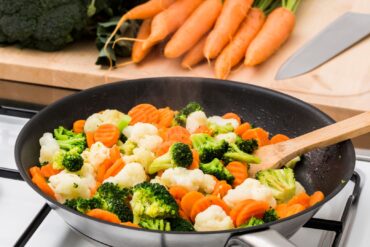
Seasonal Vegetables: What to Cook in Winter
This is the heading Ready for a delicious feast? Discover Turkish and Middle Eastern flavors with just a few clicks – order now! Order Now As the days grow shorter

Exploring the Rich Heritage of Turkish Breakfast
Breakfast Start your day with a true taste of the Mediterranean! Dive into our breakfast, crafted with fresh, halal ingredients for a delicious start to the morning. Reservation Breakfast in
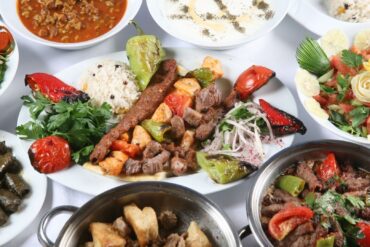
Traditional Turkish Beverages: A Culinary Exploration
MAIN ENTREES Indulge in unforgettable flavors! Discover our freshly prepared main entrees and embark on a delicious journey. Order Now Turkish cuisine is renowned for its rich flavors and diverse
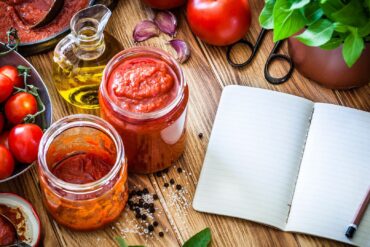
Sustainable Cooking: Using Every Part of the Ingredient
At Mama Fatma, we see cooking as more than just preparing food—it’s a celebration of tradition and an opportunity to care for the planet. Sustainable cooking is not only a
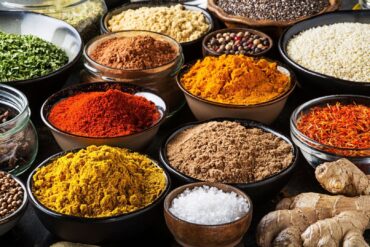
Uncovering the Rich Flavors of Regional Turkish Spices
MAIN ENTREES Indulge in the authentic flavors of our street food—order now and experience a taste sensation that will take you straight to the streets of the Mediterranean! Order Now
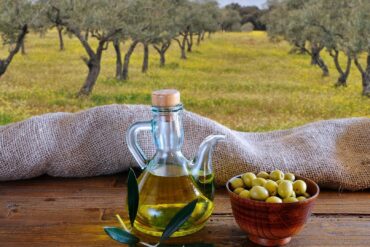
The Health Benefits of Olive Oil in Turkish Cuisine
SALAD Craving something delicious? Explore our fantastic salad menu and order now to enjoy a culinary journey like no other! Order Now Olive oil is more than just a cooking
